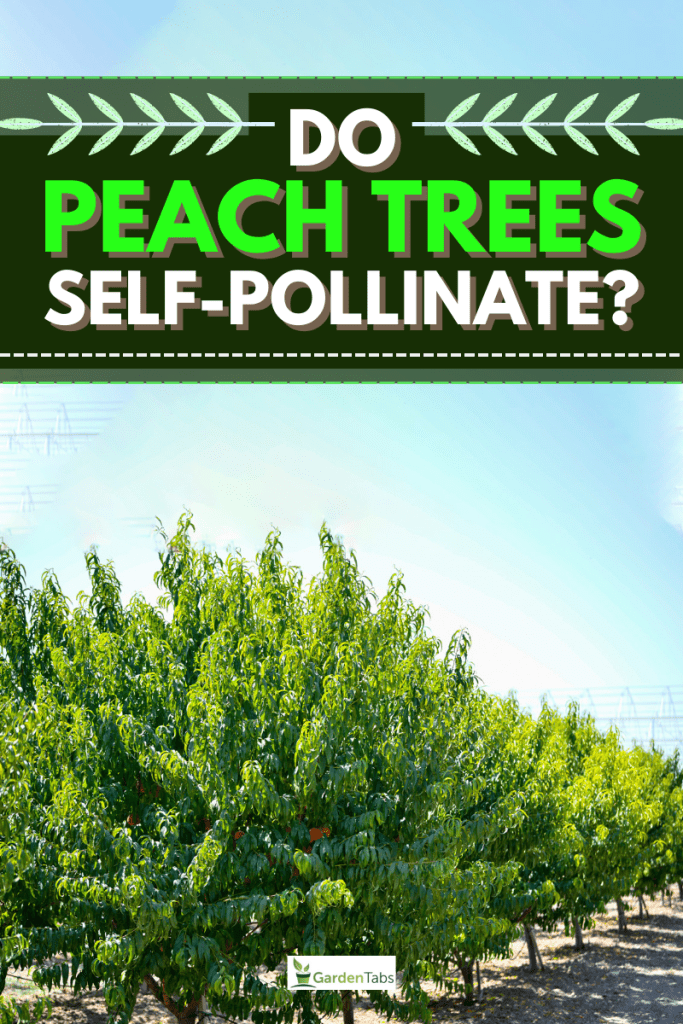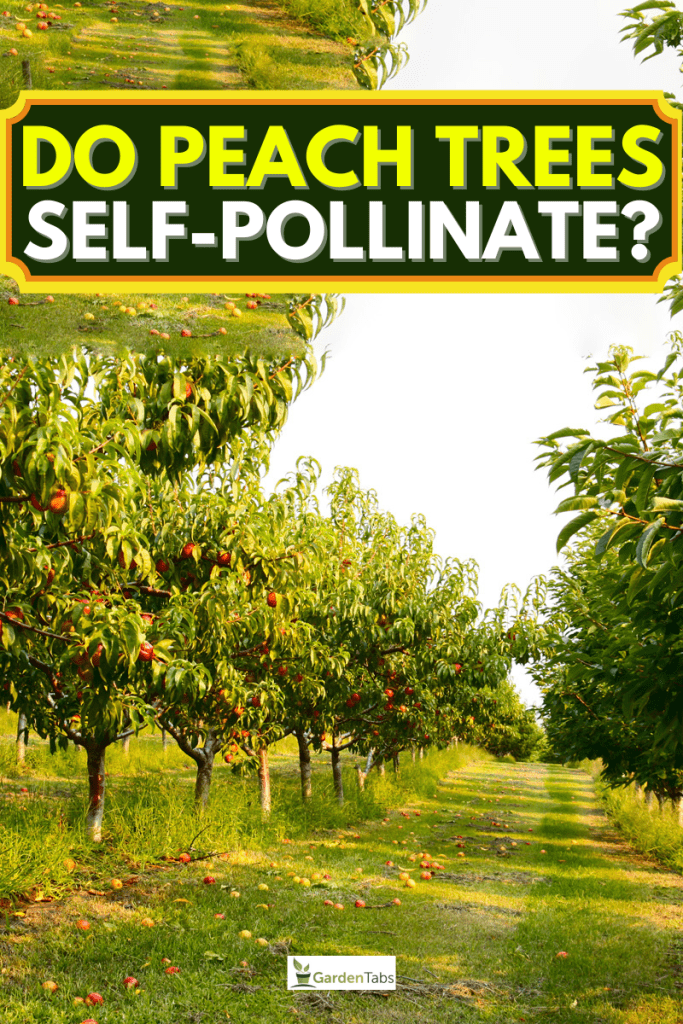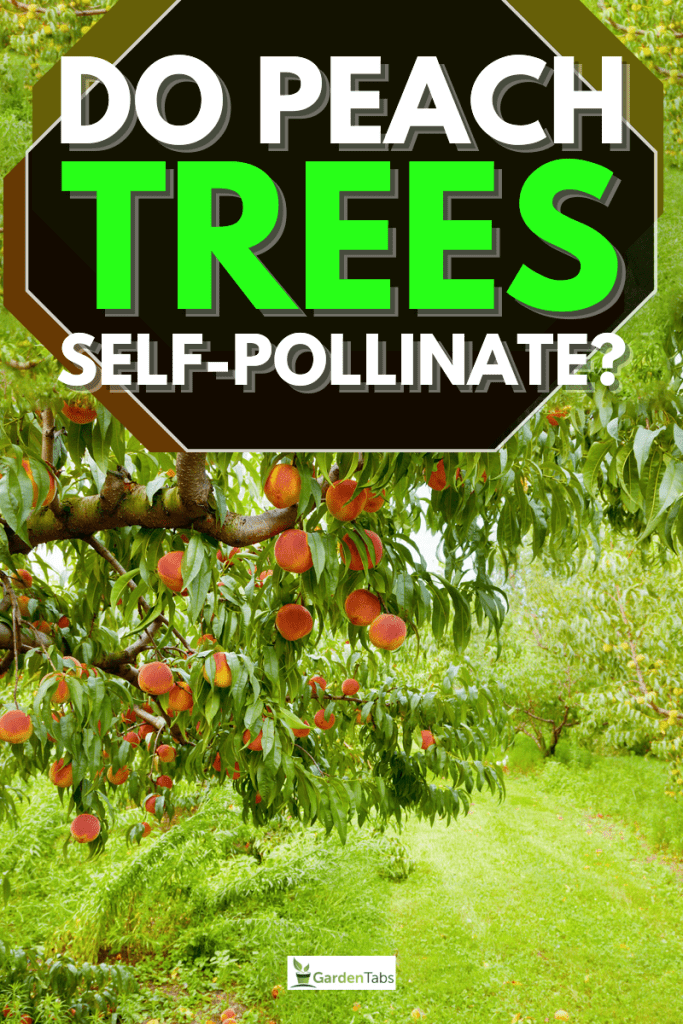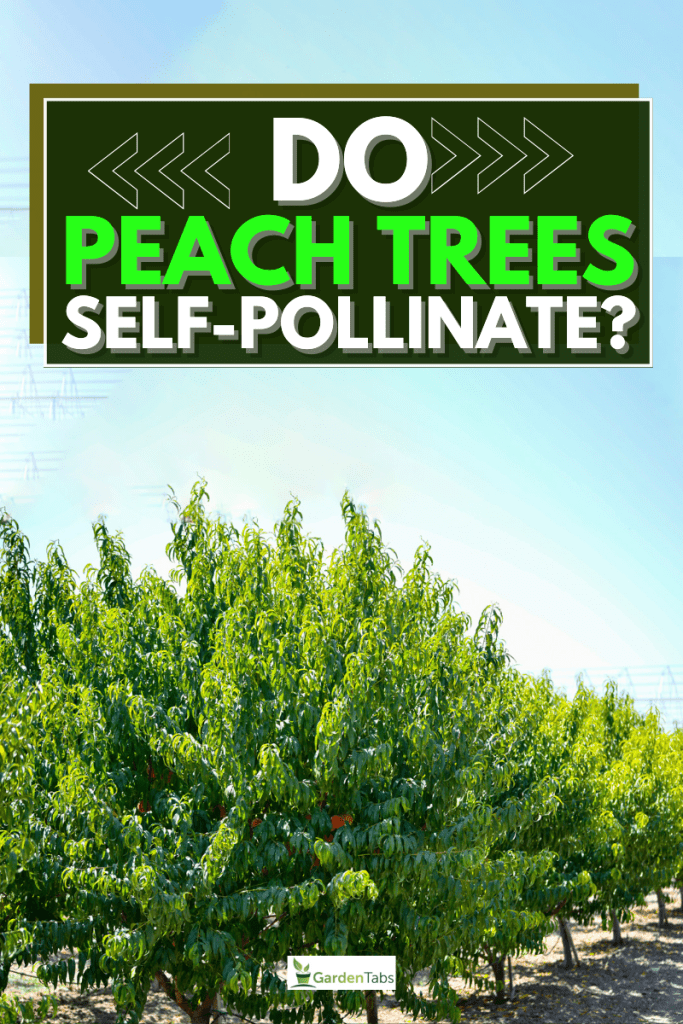Figuring out your trees' capabilities isn't always as easy as it seems. For example, do you have a peach tree growing in your garden but don't know if it will self-pollinate? Is it okay to plant a single peach tree to harvest peaches in the summer/fall?
Luckily, we've done plenty of research into this question and have the answer!
Yes, most peach tree varieties will be self-fertile, meaning they don't require a partner tree to pollinate them. Instead, your peach tree will self-pollinate after 2-4 years and continue to bear fruit until it dies.
However, planting a peach tree near another or even creating a mini orchard in your yard can benefit the size and quality of your peaches and speed up the pollination process.
As we start this post, we will cover peach trees and discuss how they produce fruit. Whether you're new to peach tree growing, have a tree in your garden, or need other tips and tricks, you've come to the right place. With that said, let's dive right into this topic below!
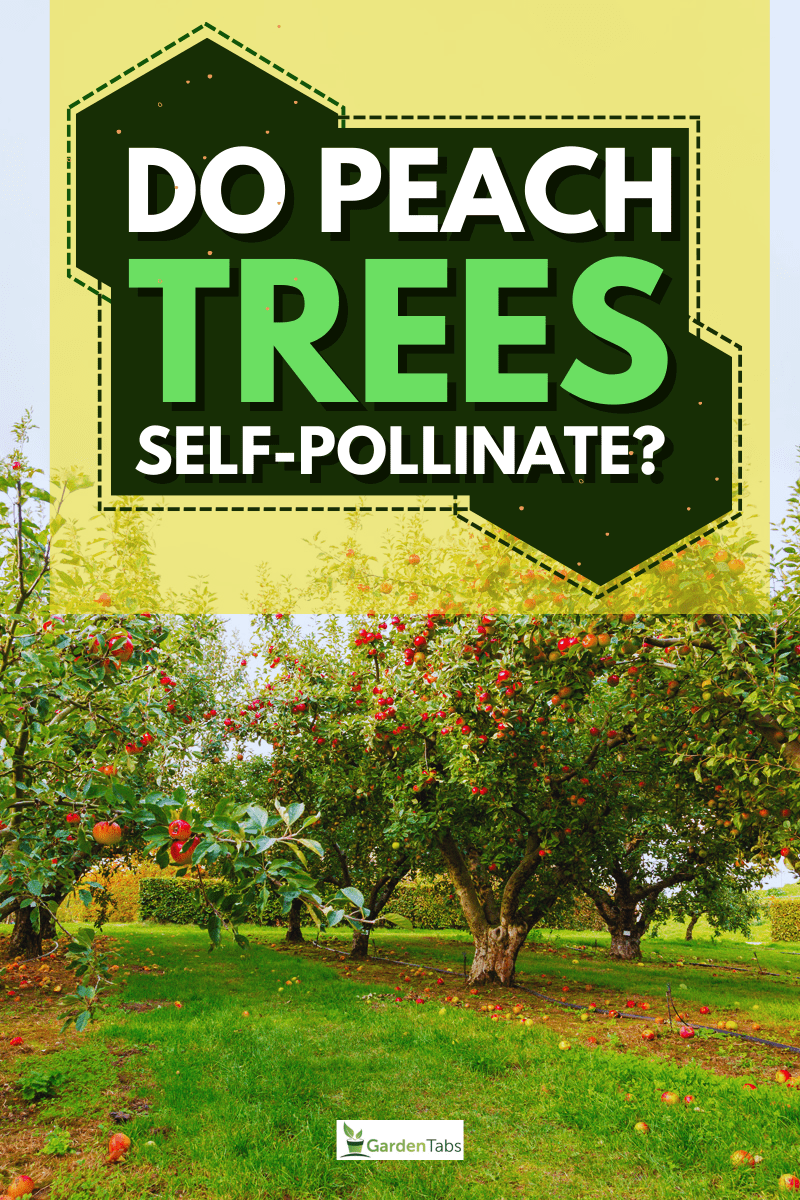
Do You Need Two Peach Trees To Pollinate?

No, you don't need to plant multiple peach trees for one to produce peaches. Luckily, this fruit tree species is generally self-fertile, meaning it will pollinate on its own.
With that, your peach tree can be alone in your landscape and produce delicious peaches in the summer or fall. However, if you want to speed up the pollination process and improve the size and quality of your harvested peaches, two or more trees close to each other might be helpful.
Although a single peach can self-pollinate, having two or more can encourage stronger fruiting. This is the case for most fruit trees, so that's a little secret for gardeners looking to improve their annual harvest.
On top of that, as long as you give a single peach tree plenty of light, water, and soil nutrients, it should yield impressive, high-quality peaches.
So, if you don't want to create a mini orchard in your garden, we recommend giving your peach tree as much attention as possible. This is especially true in its younger, formative years.
You want to focus on giving your peach tree a good foundation, as this will ensure a better long-term yield.
Can I Plant Just One Peach Tree?
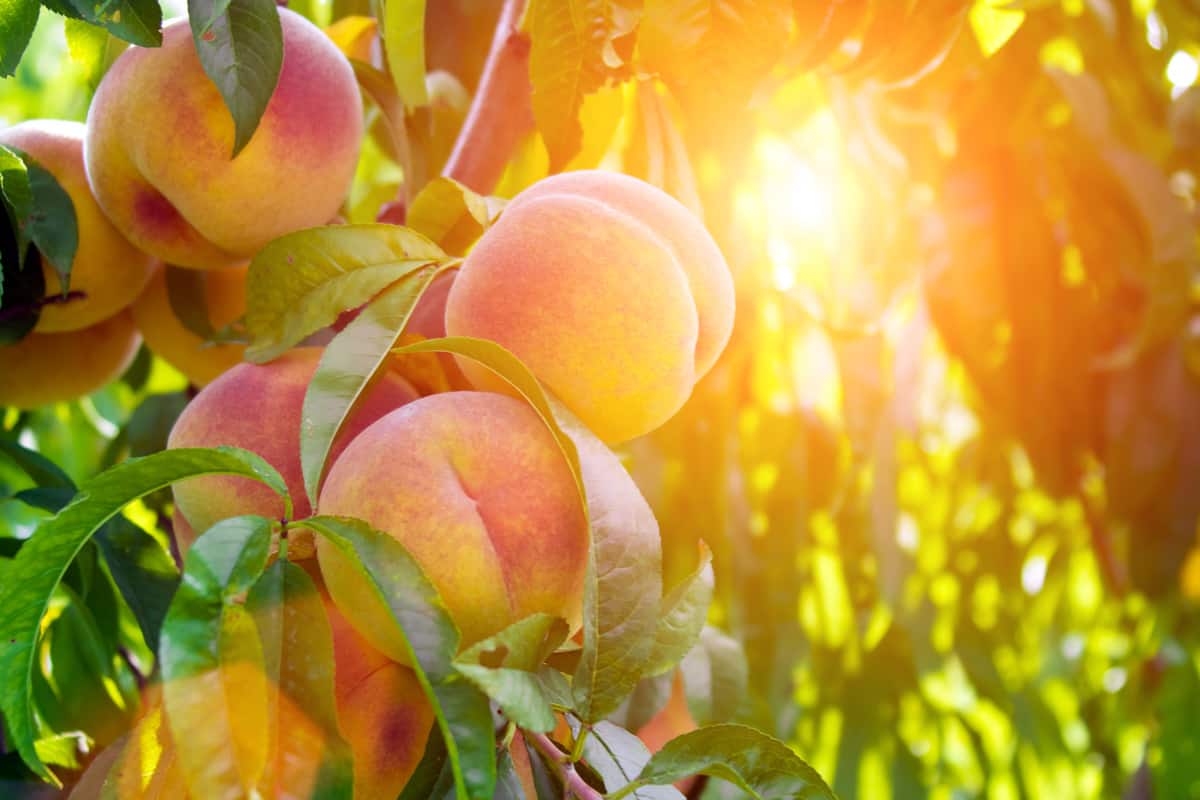
Yes! If you do not want to manage multiple peach trees, you are more than fine to plant one. As we mentioned, most peach tree varieties will self-pollinate, meaning they can produce fruit on their own.
Therefore, having just one peach tree is okay if you want to keep your peach production manageable. Some gardeners prefer an orchard, while others use their peach trees as ornamental.
One of the benefits of growing peach trees is that they won't become too large. So, if you prefer a peach tree in the front or back yard, among other plants, that's a great idea.
Regardless, you'll still need annual pruning, give your tree plenty of sunlight and water, and make sure the ground is packed with nutrients.
If you can ensure these things happen, your single peach tree should be incredibly successful. Try and leave between 15 and 20 feet from your peach tree and whatever else is growing in your garden.
Does Fruit Production Take Longer For A Single Peach Tree?
Although your single peach tree may be a little slower to make large, high-quality peaches, it shouldn't be noticeable. A single peach tree usually produces fruit within 2-4 years.
Of course, that's assuming you planted your tree from seed. If you purchase a year-old peach tree and grow it in your yard, you may see peaches the following year.
However, many experts suggest that the average single peach tree will take 3 years to make large amounts of peaches. Your tree may produce a few fruits during year 2, but because they're still growing and developing, the best peach production is yet to come.
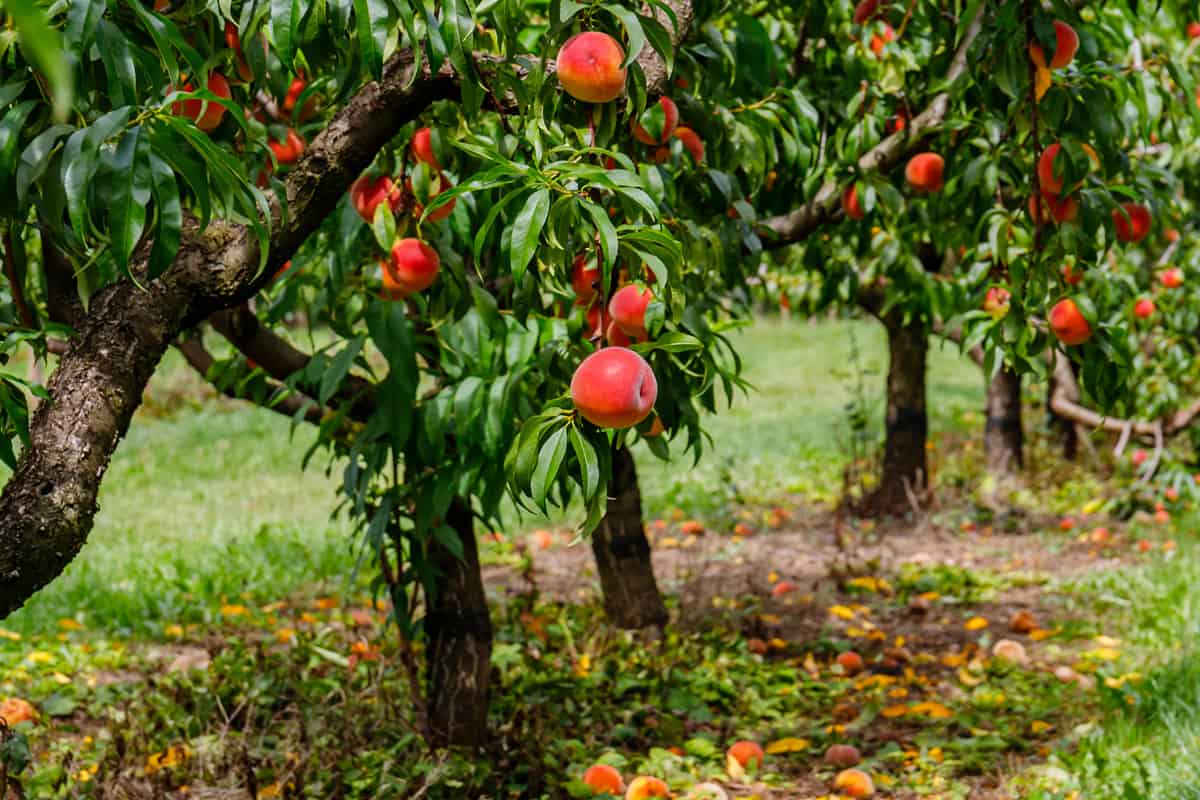
An interesting fact about peach trees is that they don't hit their fruit-making prime immediately. Although some fruiting tree species may be able to be in their prime by years 2 or 3, your peach tree is just getting started.
Instead, a peach tree will continue producing better-quality peaches yearly for about a decade. Specifically, a peach tree's "prime" should be between years 8 and 12. Some farmers claim their peach trees experience a prime-like harvest from years 4-8, although that's with many trees close together.
From there, even a peach tree in an orchard will slow down. The same applies to a single peach tree. Unfortunately, the delicious fruit and beautiful tree don't last forever.
Why Does My Peach Tree Flower But Not Fruit?
If you notice your peach tree flower but not fruit, this could mean a few things. First, you want to see how old and developed the tree is.
As we covered, it takes anywhere from 2-4 years for a peach tree to be strong enough to bear fruit. Therefore, a younger peach tree will not be producing fruit.
Another few factors that can cause flowers but no fruit is over-fertilization, improper pruning, low temperatures, and a lack of daily sunlight on your peach tree.
Since peach trees prefer annual pruning, doing this more frequently can severely affect peach production. Moreover, adding too much fertilizer to the ground surrounding your peach tree can send its roots into overdrive.
Although it might seem like your tree produces new shoots like never before, buds and fruiting won't occur. You may even notice buds and plenty of flowers, which won't mature into peaches.
The climate is another big one that affects fruiting. Peach trees can grow in USDA zones 5-9, although they are happiest in zones 6 or 7.
Therefore, the warmer your growing location, your peach tree will be better off. Sunlight should also be around 8 hours daily for successful peach production, so keep that in mind.
How Long Does It Take For A Peach Tree To Bear Fruit?
On average, you can expect a peach tree to bear fruit within 4 years. As we mentioned earlier, your peach tree won't always be strong enough to produce fruit in its earlier years.
Therefore, one lucky gardener may get a few peaches between years 2 and 3, while someone else will need to wait 4 years. The more sturdy your tree and its branches, the faster you can expect to see peaches grow.
That's because more fruit can develop on sturdy peach tree branches. If your tree is under-developed, you will get tiny, low-quality fruit until things improve.
In addition, peaches form on your tree as early as springtime, beginning as buds, then flowering, and ultimately blooming into full-blown fruit.
It's also worth noting that peaches can only grow on branches one year old or older. So, if your tree is a late bloomer, that could be a sign that it needs a boost of energy or better-growing conditions.
How Long Does It Take For A Peach Tree To Fully Mature?
Although your peach tree will continue growing for a decade or more, it should mature around year four. Typically, it is mature once a peach tree is old enough to bear fruit.
However, your tree will grow to be around as tall as 15 feet and as wide as 20 feet, averaging between one and two feet annually. Of course, there are plenty of instances where a peach tree reaches closer to 20 feet tall upon full maturity.
Therefore, if a peach tree grows two feet per year for a decade before reaching its final size, you now have a 20-foot tall plant in your garden.
These trees also reach their peach-producing prime around years 8 and 10, so this should happen around the same time. On average, many fruit trees last for decades, while a peach tree doesn't typically outlive 12-15 years.
This is another reason why many gardeners choose to plant multiple peach trees at once—to ensure they get the most fruit during that decade or so. Again, every peach tree is unique, so yours could be much larger than 15-20 feet and live for 20 years.
What Time Of Year Do Peach Trees Bloom?
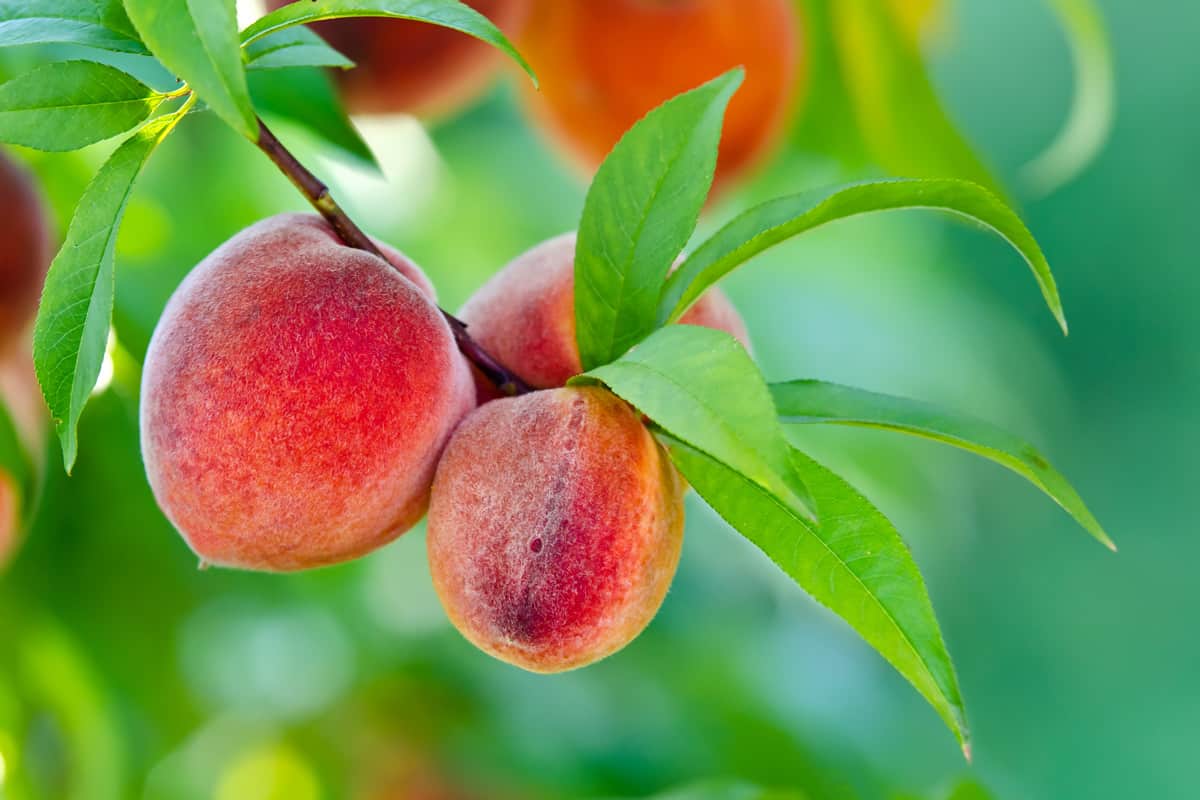
A peach tree should bloom in the spring, followed by fruit in the summer and fall. Generally, a peach tree has a blossoming season that can last for many months, which is one of the draws to this species.
A peach tree should have flowers by February or March, and fruit ripens as early as May and as late as the end of September.
Of course, this timeline will vary by variety, growing location, and age of your tree, so keep that in mind.
It can also be helpful to grow peach trees in warmer-leaning climates. That will encourage earlier blooms, leading to summertime peaches.
You may wait until the middle of fall to see your first peach in colder places. Regardless, once the buds start to form, you can sit back, relax, and watch your tree's branches become filled with flowers, fruit, and fragrance.
To Finish It Up
Whether you have a peach tree in your garden or want to plant one, it's always good to know how they produce fruit. Peach trees are generally self-pollinating, meaning you don't need an extra one nearby for flowering and fruiting.
Having more than one peach tree in your garden can speed up fruiting. Many people choose to create mini orchards in their landscapes, often resulting in larger, faster-blooming peaches.
Regardless, try and give your peach tree a few years to develop before expecting fruit, and don't be afraid to add more peach trees to your garden down the road!
Want to read more? Check out these helpful related articles below:
Should I Remove Fruit From A Young Peach Tree?

